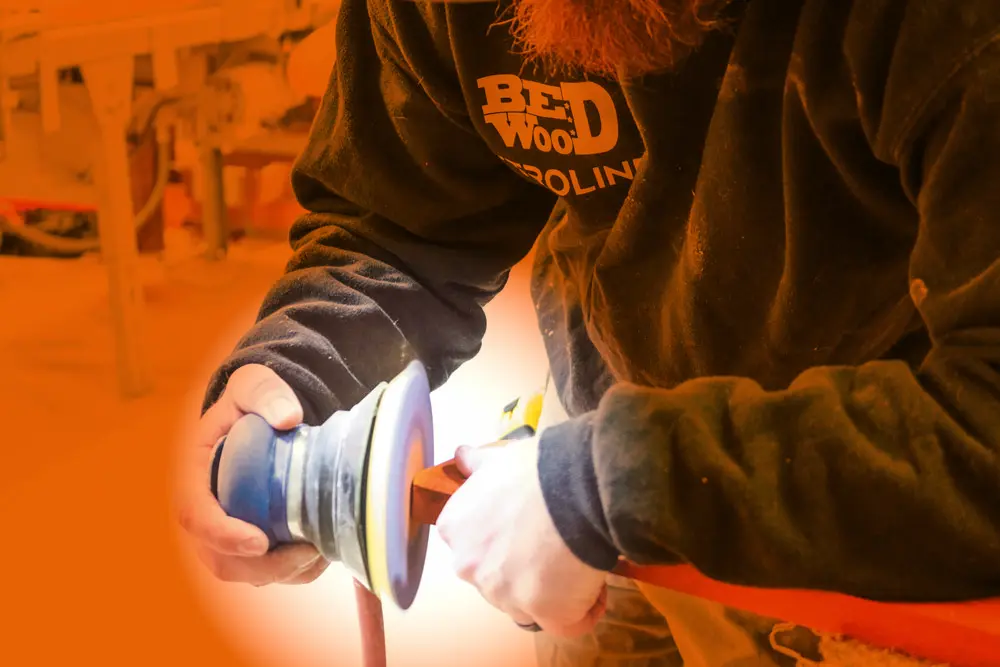 ST-STAFF
.
October 14, 2025
.
Industry News
.
ST-STAFF
.
October 14, 2025
.
Industry News
.

Custom trucks are like the synonym for flashy tires, lowered suspensions, or wild paint jobs. And that is the truth, but there is so much more that people overlook. One of those things is a flatbed. Flatbeds are not the first thing that crosses anyone’s mind, but they should be. If you are one of those people who think that a flatbed can be plain or just for hauling, you are so wrong. Properly designed, it can pull its weight on the weekdays and still make an appearance at a truck meet.
A flatbed provides style and functionality.
Done correctly, it gives you:
The idea is to get to the happy place where it’s both durable and designed well. And depending on what you’ll be using it for, you’ll have a truck that’s functional without sacrificing looks (and arguably improving them).
The way your flatbed is placed on the truck matters. Simply mounting it into the frame is a strong option and simple, but it is bulky. To raise or lower the mount changes the stance so that the bed will appear to be sleeker, which is a better option, but it requires more planning. A mix of both, solid mounting with a bit of customizing, typically works best for trucks that need to do both hauling and appearance.
Think first about the reason you need your truck. If it’s going to be primarily work, utilize strength. If it will be primarily appearance, looks are the priority. If you need both, plan for an equal configuration.
Flatbeds are made of steel, aluminum, or a mix of those two materials.
Extra tip: Always think about applying a layer of paint protection (e.g., wax, paint sealant, ceramic coating, or PPF) to increase you chances of not getting sidelined by corrosion. Plus, you’ll enjoy all the other benefits of paint protection, as well.
Nobody desires their truck to look like a farm-only rig if clean design is the objective.
A flatbed needs to be functional, not only stylish. The best part is that you can include functional features that help without sacrificing the look:
A custom flatbed is an investment. And while custom-made flatbeds, compared to ones that are built from a template, will (most likely) cost more. That doesn’t mean that you’ll pay A LOT more, but keep that in mind first when you’re planning the budget. Always add that extra 30% just in case. It’s better that you have it and not spend it than not have it and need it.
The thing about whether you want a basic steel flatbed, or an aluminum, or a hybrid design? Do you want hidden tie-downs with a smooth hardware design? How many compartments do you need? What about electrical outlets (and extra batteries)? Do you want to upgrade lighting on the whole truck? There are so many customizable options that you could spend days combining them and shuffling them around.
Either way, costs can differ greatly depending on where you’re doing it and on which options you choose.
But if you plan in advance, you will avoid surprises.
Flatbeds are no longer for contractors or farmers only.
More builders are finding out about truck beds and recognizing just how useful they can be while not botching your good-looking truck (again, for many, custom flatbeds actually improve looks).
These custom truck beds can be fully designed to match your truck’s stance, paint, and features while still making them durable enough for heavy use. So even if you bought a brand-new car, it’s still worthwhile getting it fully modified. Plus, most businesses that offer truck beds also offer a warranty (check before installing).
And as the economy grew and more opportunities were available to a larger portion of the population, you can now see these truck beds being used in off-roading and overlanding. You even see people modifying them to do their blue-collar mobile working business. And as electric vehicles flooded the market, some even modified their trucks to have a mobile charging station for those Teslas that got stranded because there wasn’t a charging station nearby.
The future will see how creative people recognize a gap in the market – an issue which can be solved using truck beds – and start their new, possibly billion-dollar business.
A great flatbed build demonstrates that there is no need to choose between appearance and durability.
With the proper foundation, materials, styling, and accessories, it’s possible to have a truck that works as hard as you do but still gets noticed. The real key to the success of these builds is balance. Your goal should be to make the functional side and the aesthetic side support each other. When both are combined, you don’t simply get a flatbed.
You get a truck that’s dependable, unique, and made to draw attention wherever it goes.
From https://www.streettrucksmag.com/gmc-brakes-the-mold-with-a-carbon-fiber-bed-for-sierra-trucks/ with anchor truck bed
From https://www.streettrucksmag.com/f100-bedwood-install-step-by-step-bedwood-and-parts-helps-us-update-an-old-ford-bed/ with anchor the bed of the truck
Share Link